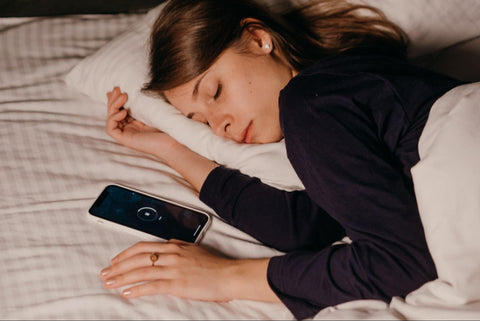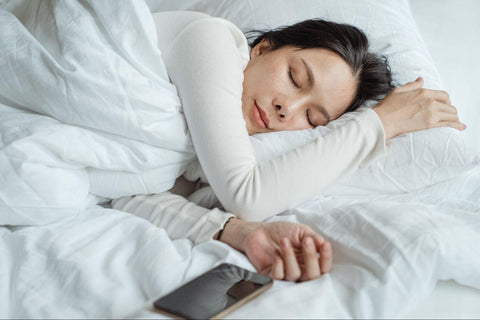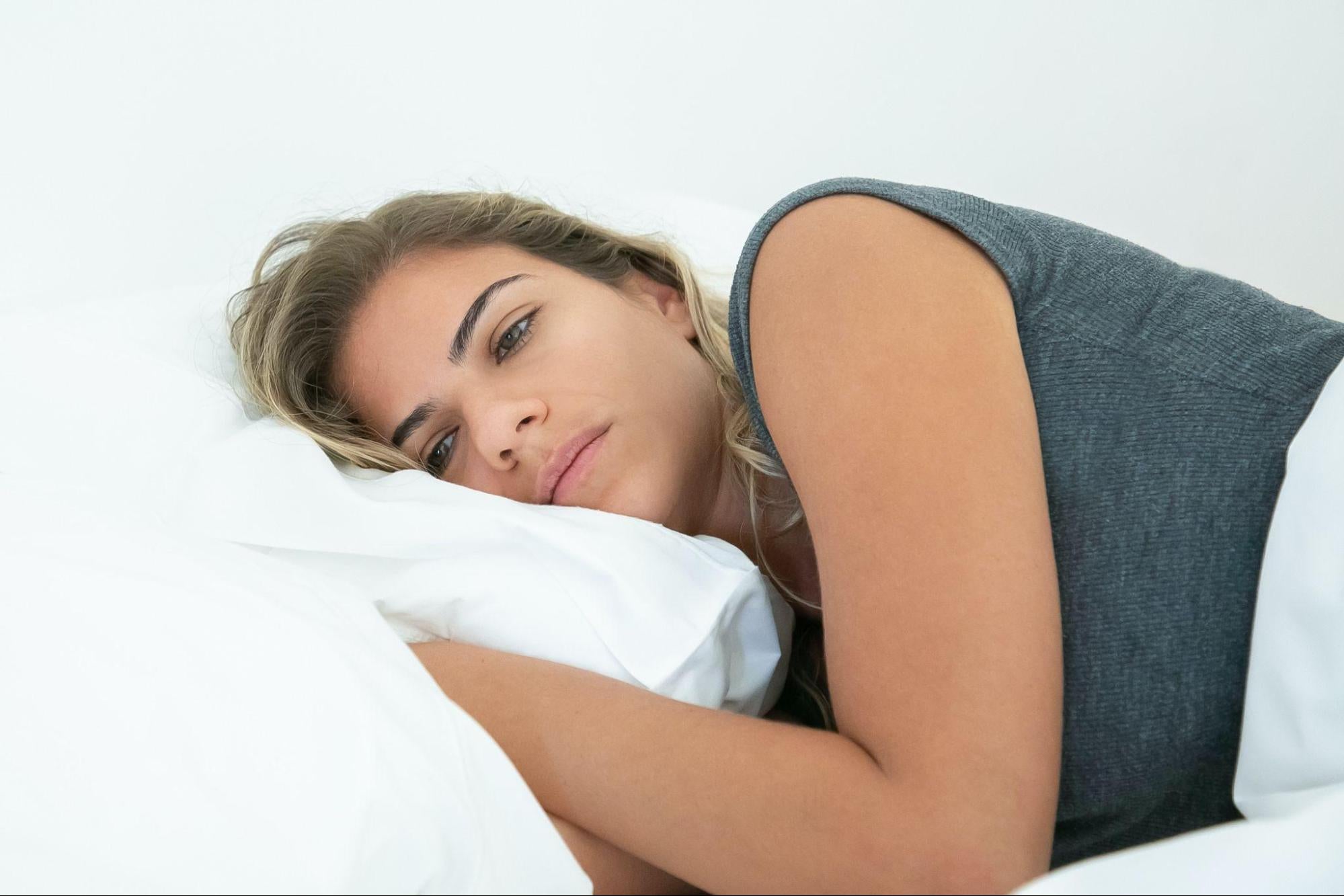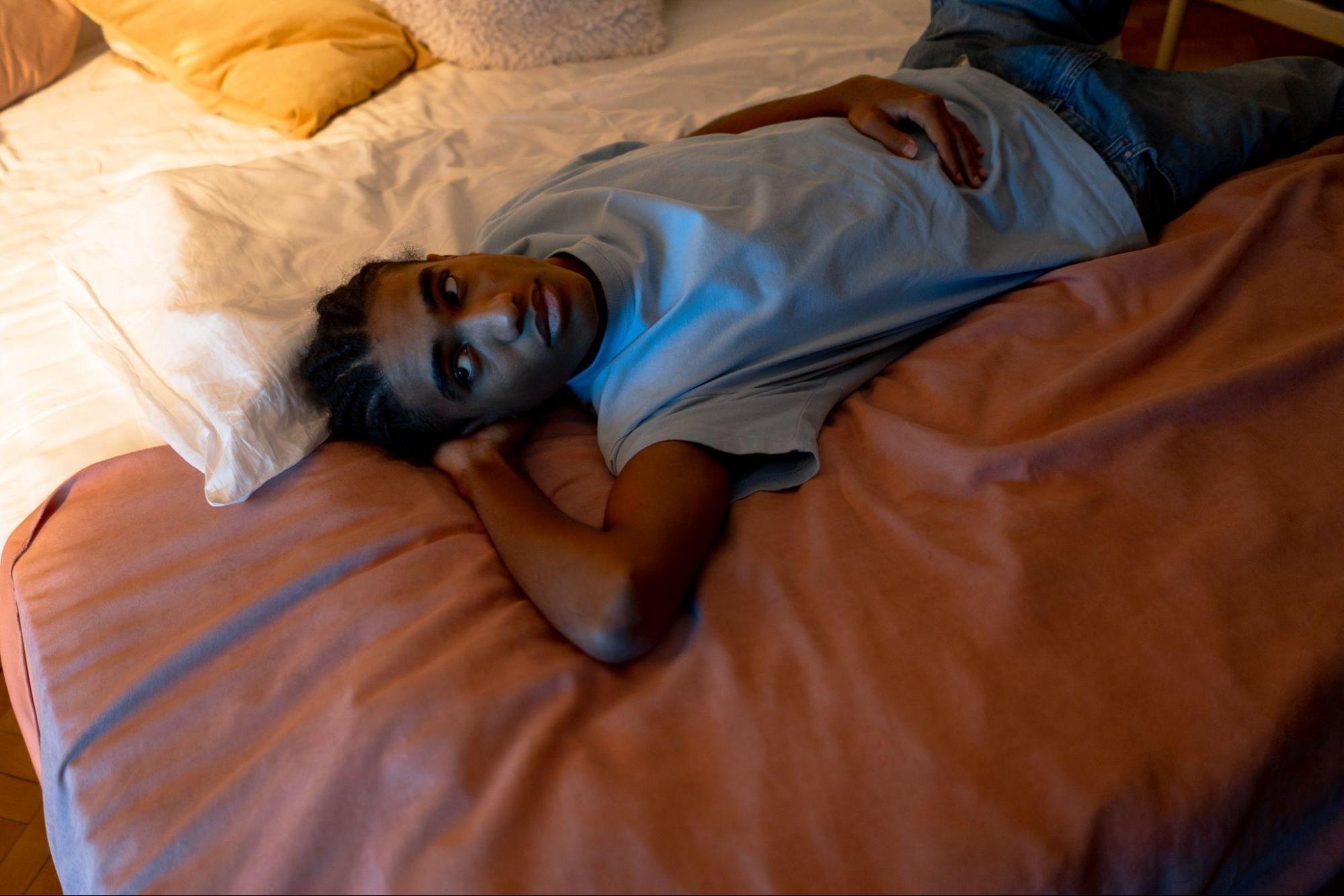In the competitive world of sports, athletes seek every advantage to enhance performance and recovery. While training regimes and nutrition plans often steal the limelight, the importance of quality sleep cannot be overstated. Sleep is when the body undergoes crucial repair processes, and understanding its quality and duration can be a game-changer in an athlete's routine.
Enter sleep tracking: a blend of technology and science that offers insights into an individual's sleep patterns. These tools and techniques provide valuable data, helping athletes tailor their rest schedules, pinpoint disturbances, and maximize recovery. Dive into this guide to discover the cutting-edge methods athletes use to monitor and improve their nightly rest.
Related Link: The Best Supplements for Sleeping
Why Should Athletes Track Sleep?

Understanding the Intricacies of Physical Recovery
Athletes consistently subject their bodies to high-intensity training sessions. This exertion leads to considerable muscle wear and tear. During our slumber, our bodies enter a repair mode, mending the damaged muscles and tissues. Sleep tracking offers athletes an insight into whether they're acquiring the adequate amount of restful sleep needed to facilitate this essential muscle recovery. By ensuring this, athletes can confidently step into their next training session or competition, knowing they are at their physical best.
Enhancing and Maintaining Mental Alertness
Beyond the undeniable benefits of physical well-being, sleep plays a pivotal role in maintaining and optimizing cognitive functions. As any athlete knows, the mental aspect of sports is just as critical as the physical. Optimal sleep ensures that athletes are sharp, allowing them to maintain focus during matches, react quicker to situations, and strategize with clarity. By tracking sleep, athletes and their support teams can make certain that this often overlooked but crucial aspect of preparation is given its due importance.
Want to boost your performance with high-quality, all-natural supplements? Check out HUMBLEROOTS today!
How Good Is Good Enough With Sleep Data?
Prioritizing Reliability Over Absolute Precision
Sleep labs, equipped with state-of-the-art technology, undoubtedly offer the most detailed and accurate sleep data available. However, for coaches and trainers, the goal isn't to emulate these labs but to effectively monitor athletes' sleep patterns. This is to ensure optimized recovery and peak performance during competitions. While the tools available to the masses might not match the precision of specialized lab equipment, they can still deliver invaluable insights, provided they consistently present reliable data.
Navigating the Challenges Inherent with Technology
The technological world we live in is fantastic, but it isn't without its pitfalls. Sleep trackers, like all devices, are susceptible to a host of issues, ranging from batteries that drain too quickly to unpredictable software glitches. The occasional connectivity problem can also hinder data collection. However, there's a solution: by merging subjective methods, such as maintaining sleep diaries, with technological tracking, athletes can obtain a richer, more accurate picture of their sleep habits and quality.
Tracking Device Types
The Versatility of Wrist Accelerometers
Among the myriad of tracking options available, wrist accelerometers stand out due to their widespread use and affordability. Designed primarily to monitor and interpret body movements during sleep, devices such as those from Fatigue Science utilize this information, applying sophisticated algorithms to shed light on sleep quality and patterns.
The Potential of Wrist Heart Rate Variability (HRV)
Devices like the Whoop wrist HRV tracker are gaining popularity. They work by monitoring the minute variations in heart rates, which can offer insights into stress levels, sleep quality, and overall well-being. As with all technology, the choice of device is crucial, and users should prioritize those known for their accuracy and dependability.
Exploring Heart Rate Strap or Shirt Options
Innovative brands such as Hexoskin have ventured into creating shirts imbued with sensors. These garments track HRV, offering a holistic snapshot of an athlete's sleep patterns and quality. However, this option isn't for everyone. Some athletes find the idea of wearing sensor-laden garments to bed restrictive or uncomfortable.
Venturing into Bed or Pillow-based Solutions
The arena of sleep tracking has seen innovations like Sleepace and Beddit, which integrate sensors directly into pillows or mattresses. These devices eliminate the need for wearable tech, instead capturing data on heart rate variability and nocturnal body movements, presenting insights seamlessly.
Related Link: Best Fat-Burning Workouts: Exercises to Lose Weight
App, Team Software, and Data Export

Ensuring Seamless Data Accessibility
In our interconnected era, almost every sleep-tracking device is equipped to wirelessly sync with smartphones or tablets. Dedicated apps then interpret and present this data, enabling athletes to delve into and comprehend their sleep patterns. Advanced solutions, represented by brands like Whoop and Fatigue Science, go a step further by offering comprehensive dashboards tailored for teams. This ensures that coaches and support staff can efficiently access, monitor, and draw actionable conclusions from the amassed data.
The Paramount Importance of User Engagement
Having state-of-the-art tools is one thing, but their efficacy lies in their utilization. Capturing vast amounts of data is undoubtedly valuable, but the transformative power lies in how athletes engage with, interpret, and act upon this information. The onus is on coaches and the broader support staff to lead by example, continuously highlighting the monumental importance of sleep. By emphasizing its role in recovery and performance, they can inspire athletes to prioritize rest and sleep.
The Unwavering Ultimate Goal: Cultivating Superior Sleep Patterns
In the grand tapestry of athletic performance, tools, and technology serve as invaluable aids. However, the ultimate aim remains unwavering: to consistently enhance sleep quality and duration. This ensures athletes are primed for peak performance. Be it through wrist-worn devices, embedded bed sensors, or intricate software solutions, sleep tracking represents the future for athletes seeking to elevate their game.
Trying to find performance-optimizing gummies? Try HUMBLEROOTS gummies today!
Tracking Sleep
The arena of sleep tracking is in a constant state of evolution. Yet, its paramount significance in the domain of sports is unambiguous. By judiciously selecting the right tools, ensuring sustained engagement, and acting on insights, athletes have a potent weapon in their arsenal, empowering them to ascend to unparalleled pinnacles in their careers.
Related Link: Getting Rid of Armpit and Underarm Fat



